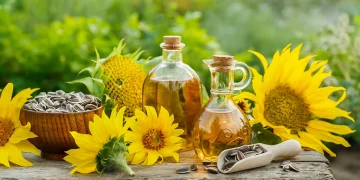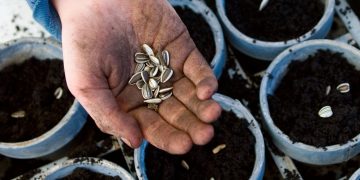Sunflowers are more than just beautiful garden showpieces—they also provide nutritious seeds you can enjoy as a snack, save for replanting, or share with backyard birds. Harvesting sunflower seeds is a simple and rewarding process if you know the right timing and techniques. This guide will walk you through when and how to harvest sunflower seeds for the best results.
How to harvest sunflower seeds
1. Know When Sunflower Seeds Are Ready to Harvest
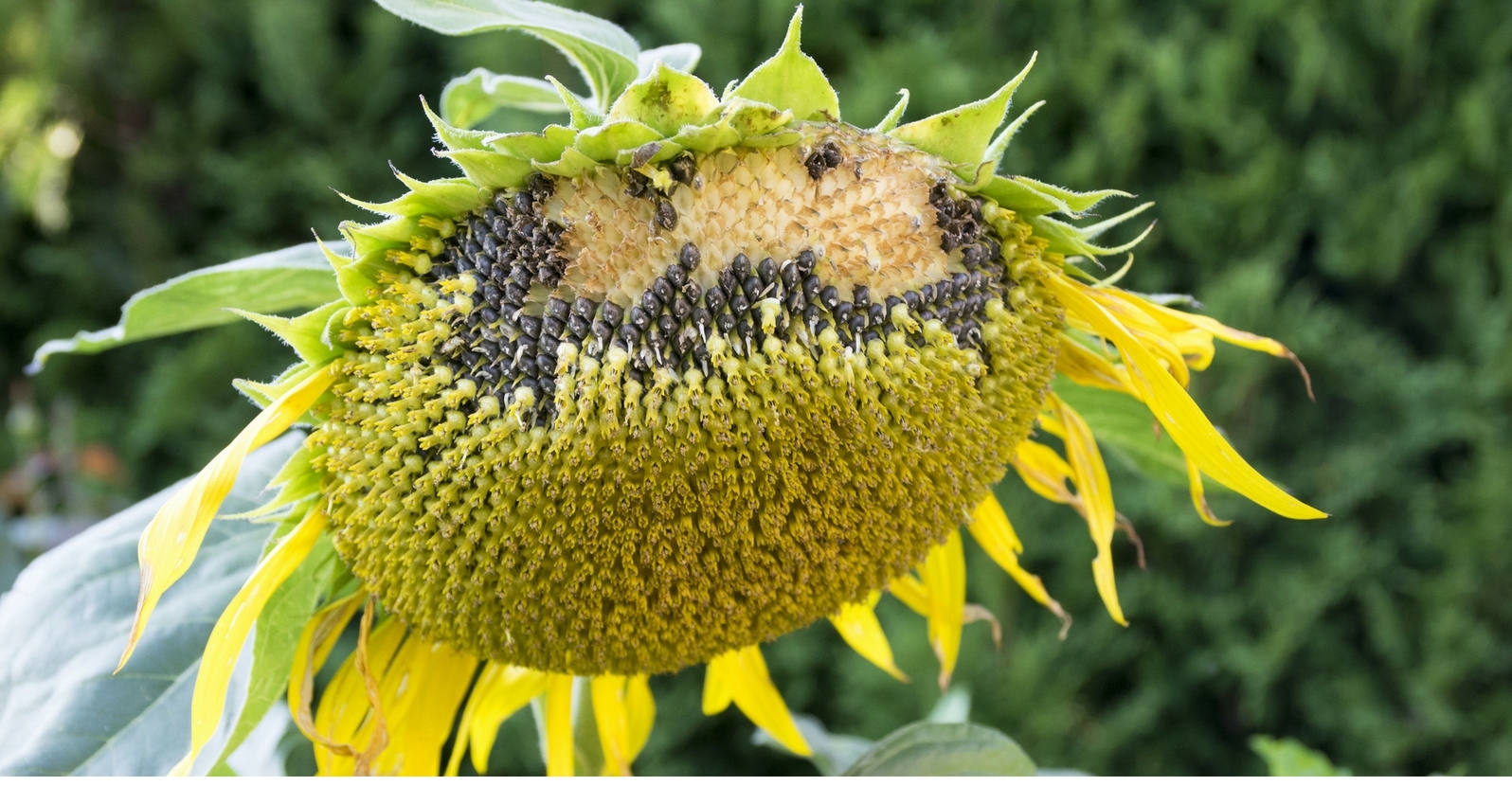
Timing is everything. Sunflower seeds are mature and ready for harvest when:
- The flower head begins to droop and turn brown.
- The petals dry up and fall off naturally.
- The back of the flower head changes from green to yellow or brown.
- Seeds appear plump, striped (for snacking varieties), or black (for oilseed types).
Tip: If birds start pecking at the seeds, it’s a good sign they’re nearly ready!
2. Protect the Seeds Before Harvesting
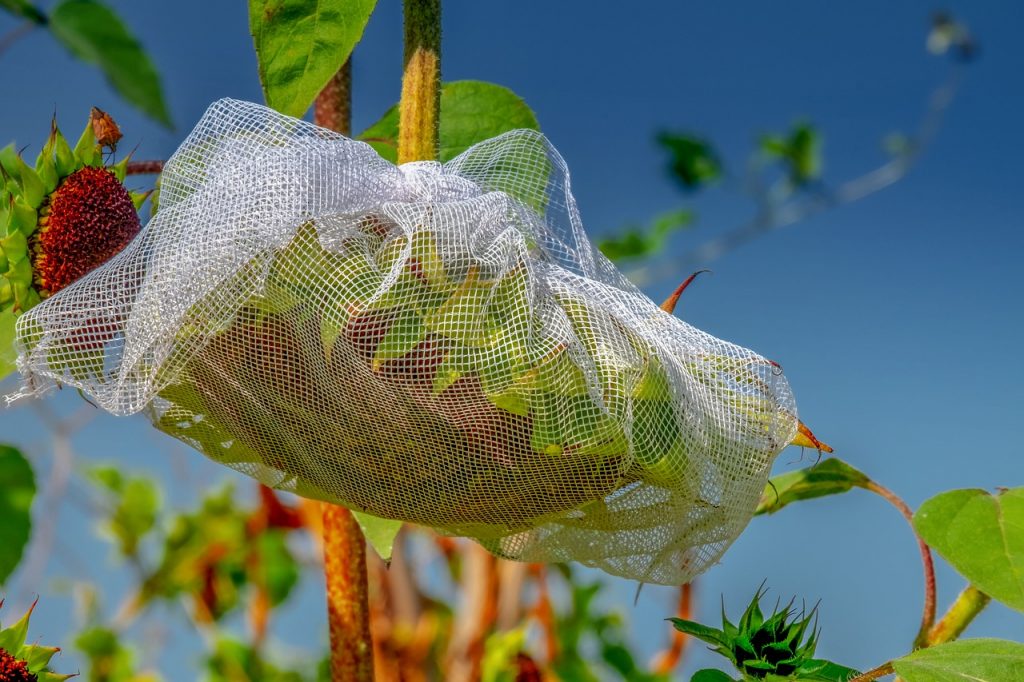
Sunflower seeds are loved by birds, squirrels, and other wildlife. To avoid losing your harvest:
- Cover flower heads with a mesh bag, cheesecloth, or paper bag as they mature.
- Avoid plastic bags since they trap moisture and can cause mold.
3. Cut the Sunflower Heads
Once the seeds are fully developed:
- Use sharp garden shears or pruners to cut the sunflower head, leaving about 12–18 inches of stem attached.
- Hang the heads upside down in a warm, dry, and well-ventilated space (like a garage, shed, or covered porch).
- Allow them to dry for about 1–2 weeks.
4. Remove the Seeds
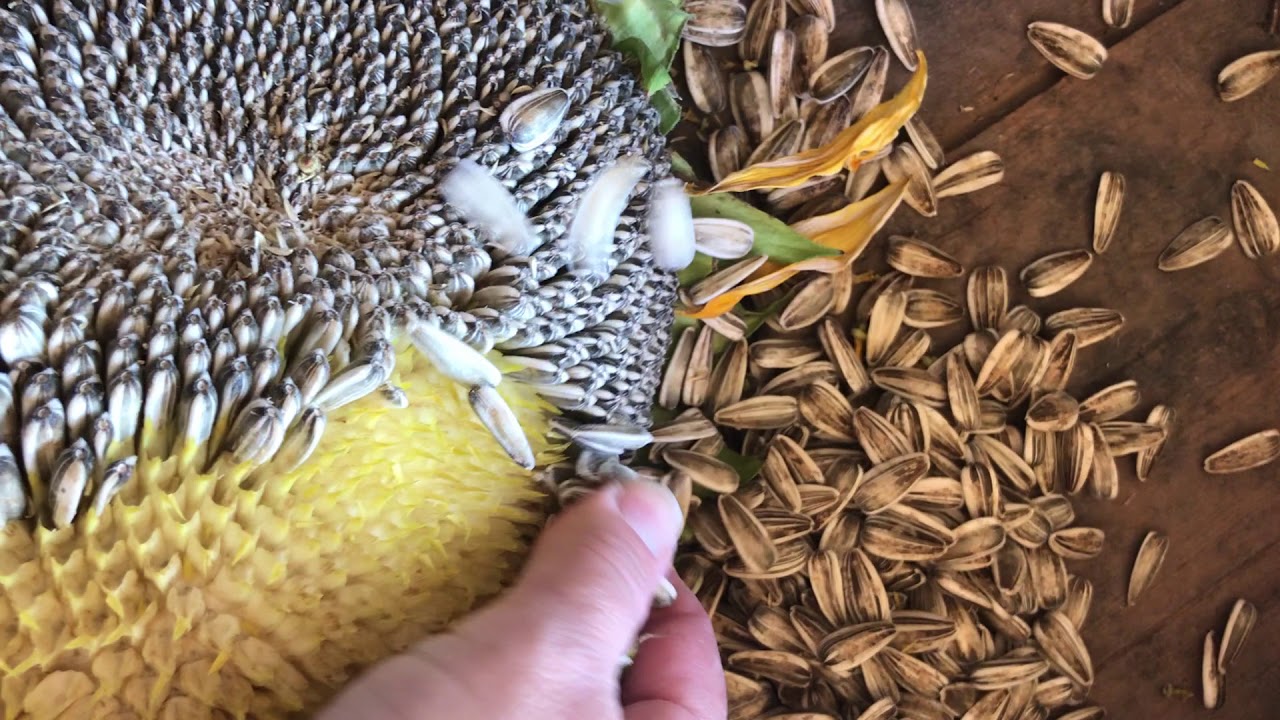
When the heads are fully dry:
- Rub your hand, a stiff brush, or a fork over the seeds to loosen them.
- Collect the seeds in a container or on a tray.
- Discard any small, shriveled, or damaged seeds.
5. Store the Seeds Properly
How you store sunflower seeds depends on whether you’ll eat, replant, or feed them to wildlife:
- For eating: Rinse seeds in a colander, dry them thoroughly, and store them in an airtight jar or bag in a cool, dry place. For longer storage, keep them in the refrigerator or freezer.
- For planting: Store only the plumpest, healthiest seeds. Keep them in a labeled envelope or paper bag in a cool, dry, and dark place until spring.
- For birds: You can leave seeds raw and simply place them in feeders or scatter them outdoors.
6. Optional: Roast Sunflower Seeds for Snacking
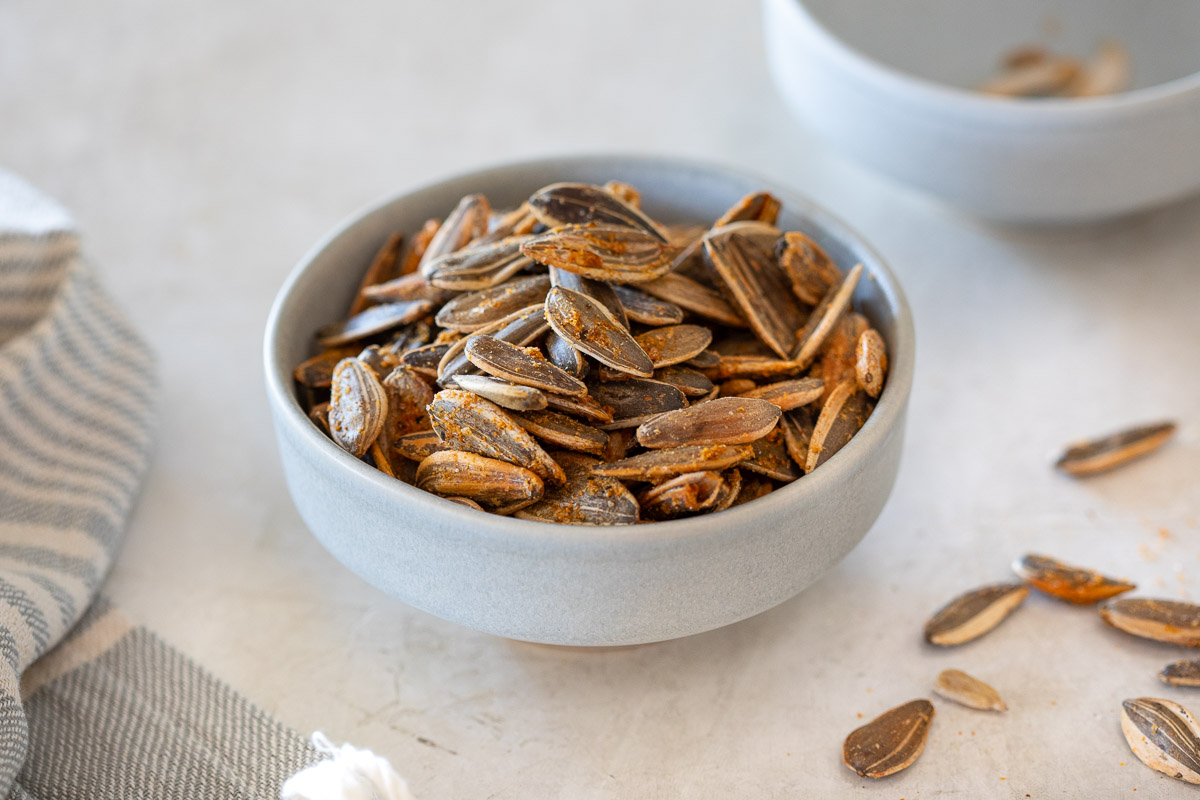
If you plan to eat your sunflower seeds, roasting enhances their flavor:
- Rinse and soak the seeds overnight in salted water.
- Drain and spread them on a baking sheet.
- Roast at 300°F (150°C) for 30–40 minutes, stirring occasionally.
- Season with extra salt or spices as desired.


